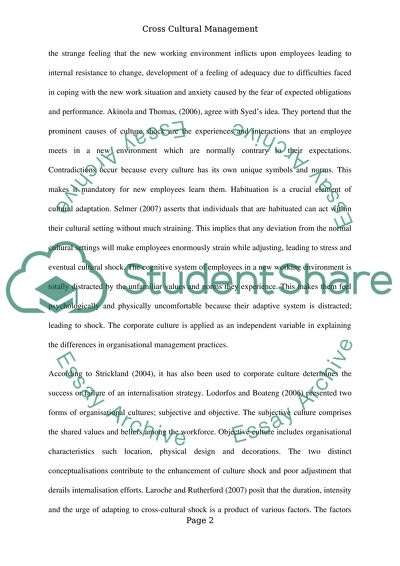Cite this document
(“Cross cultural management Essay Example | Topics and Well Written Essays - 3000 words”, n.d.)
Cross cultural management Essay Example | Topics and Well Written Essays - 3000 words. Retrieved from https://studentshare.org/sociology/1403456-cross-cultural-management
Cross cultural management Essay Example | Topics and Well Written Essays - 3000 words. Retrieved from https://studentshare.org/sociology/1403456-cross-cultural-management
(Cross Cultural Management Essay Example | Topics and Well Written Essays - 3000 Words)
Cross Cultural Management Essay Example | Topics and Well Written Essays - 3000 Words. https://studentshare.org/sociology/1403456-cross-cultural-management.
Cross Cultural Management Essay Example | Topics and Well Written Essays - 3000 Words. https://studentshare.org/sociology/1403456-cross-cultural-management.
“Cross Cultural Management Essay Example | Topics and Well Written Essays - 3000 Words”, n.d. https://studentshare.org/sociology/1403456-cross-cultural-management.


